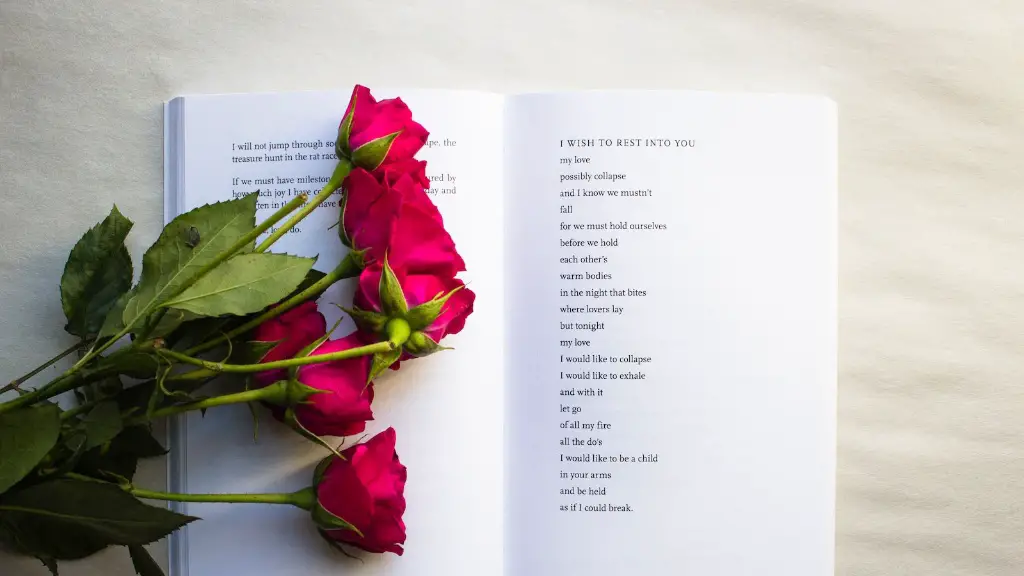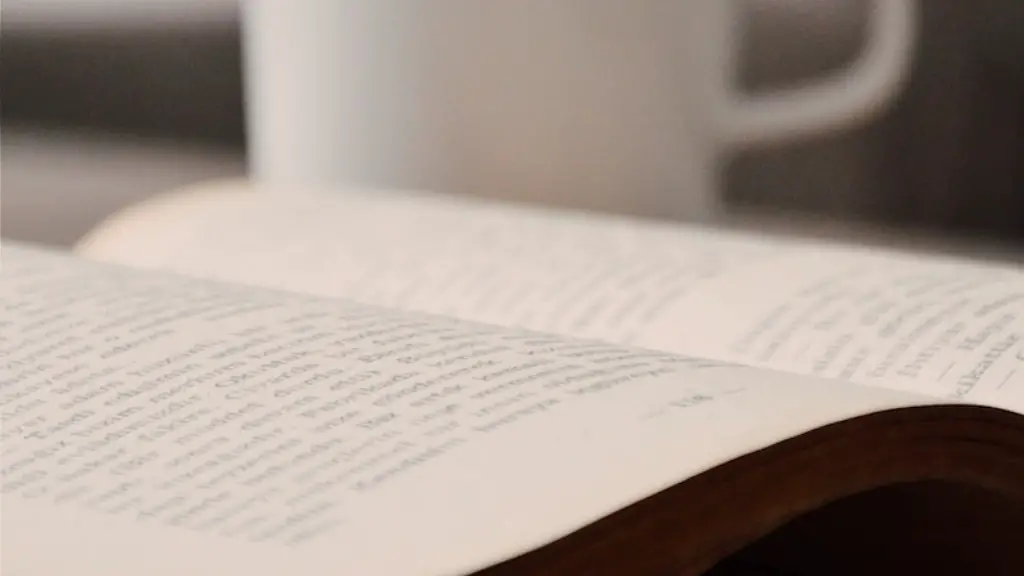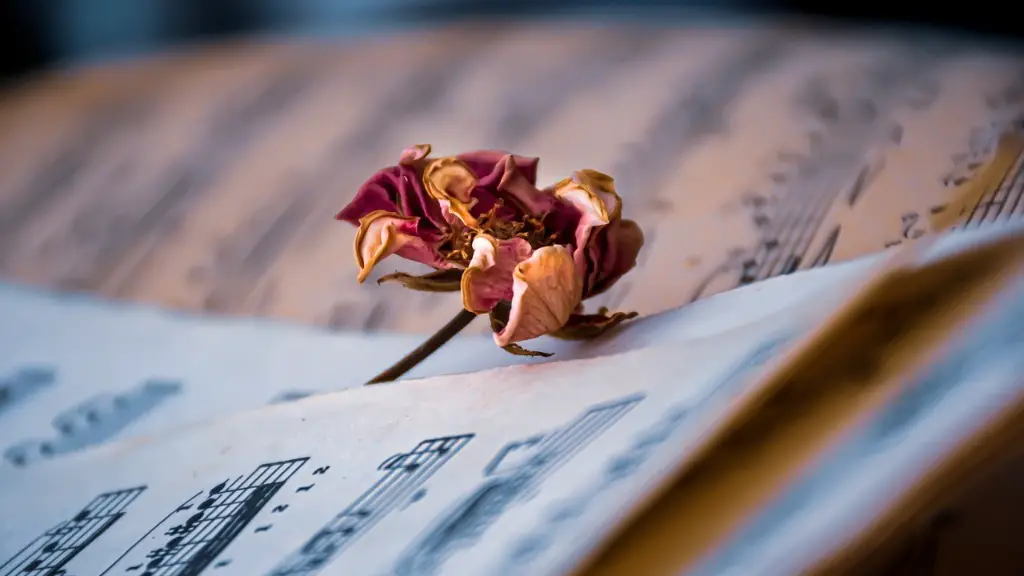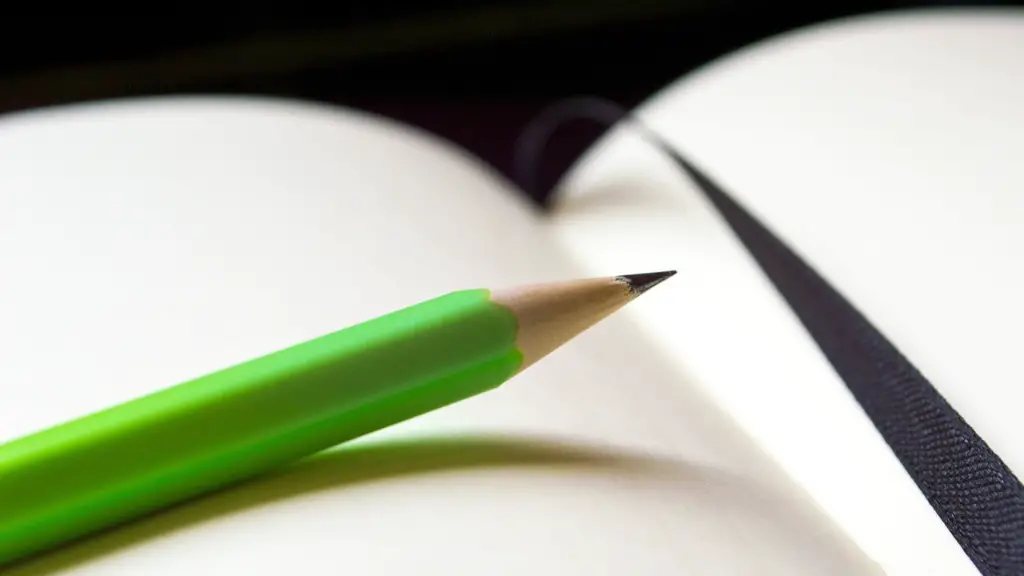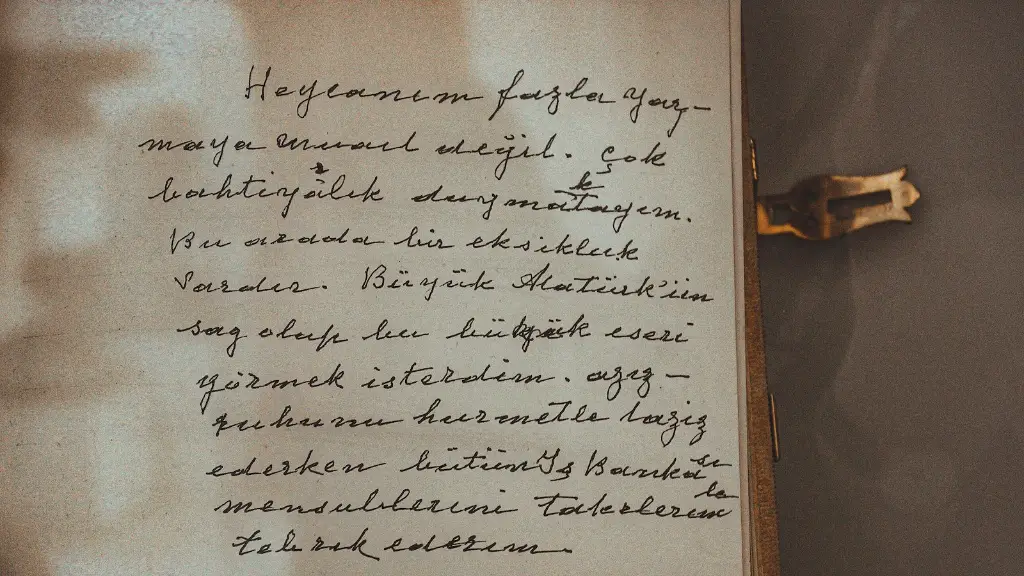Imagery in Poetry
Imagery is an important element of poetry, giving readers a richer and more detailed understanding of what the author is writing about. Imagery is best described as the use of language to create specific visual or audible mental pictures or patterns. It can enhance the audience’s understanding of the poem and create a whole new level of depth and understanding.
To teach imagery in poetry, it is important for educators to engage their students and help them to develop their skills in recognizing and describing imagery. By providing examples and setting up activities in class that help the students to explore the use of imagery in different poems, the author can ensure that their students understand the concept of imagery and how to use it in their own poetry.
When teaching imagery in poetry, it is important to discuss how certain imagery can create emotion in a poem. By showing examples of how different poets use imagery to capture emotion, the teacher can help their students to understand how they can use imagery in a similar way to convey emotion in their own work.
In addition, poetry is often written with symbolism in order to convey a deeper meaning. By discussing the different types of symbolism used in poetry and in literature in general, the teacher can help their students to understand the wider context of the poem and to use symbolism to explore and express deeper meaning.
By discussing the themes of the poem and explicitly describing the imagery used, the teacher can help their students to understand the different aspects of a poem and how imagery contributes to it. For example, by discussing the theme of loneliness in a poem and then describing the use of imagery to express this emotion, the author can help the students to understand how poetry can be used to explore and express emotion.
Furthermore, it is important to recognize how imagery can be used to add depth to the poem. By providing examples of how imagery can be used to give the poem additional layers of meaning, the teacher can encourage their students to explore the use of imagery in their own work and to add additional layers of meaning to their writing.
Finally, it is important to discuss the use of imagery in the context of the poem. By looking at the poem as a whole and discussing how the imagery is used to drive the poem forward and create a certain mood or atmosphere, the author can help the students to understand how their use of imagery can form an integral part of the poem itself.
Critical Analysis
When teaching imagery in poetry, it is important to equip students with the knowledge to critically analyze imagery and its effect on a poem. By discussing the different ways in which poets use imagery and how it affects the reader’s experience of the poem, the teacher can help their students to understand how to analyze imagery in a poem and recognize its potential impact.
Furthermore, it is important to discuss the themes that are conveyed through the use of imagery in a poem. By discussing the different ways in which imagery is used to convey different themes, the author can help the students to understand how they can use imagery to explore certain ideas and themes in their own work.
It is also important to discuss how imagery can be used to create a certain tone or atmosphere in a poem. By providing examples of how different poets use imagery to create a certain mood in their poems, the teacher can help the students to understand how they can use imagery to create a certain atmosphere in their own work.
Moreover, it is essential to recognize and discuss the importance of context when analyzing imagery in a poem. By providing examples of how imagery is used in the context of a poem and discussing how it contributes to the overall message of the poem, the author can help their students to understand how images and symbols can enhance the overall meaning of a poem.
Finally, it is important to encourage students to analyze the use of imagery in the poems of different poets. By discussing the use of imagery in different poems, the teacher can help their students to understand the different styles and techniques used by different poets and to recognize the potential impact of imagery in their own work.
Connection Between Imagery and Poetry
When teaching imagery in poetry, it is important to discuss the connection between the two. By discussing the relationship between poem and imagery, the teacher can help their students to understand how the use of imagery can bring to life the poem and add a whole new level of depth and understanding.
It is important to note that imagery in poetry can often be used to evoke particular emotion. By discussing the use of imagery to capture and express emotion, the teacher can help their students to recognize the power of imagery in their own work and to develop their skills in using imagery to express emotion.
In addition, it is important to discuss the effect that imagery can have on the reader. By discussing the ways in which imagery in a poem can create a visual or auditory effect that can help the reader to gain a deeper understanding of the poem, the author can help the reader to identify how their use of imagery can add to the meaning of the poem.
Moreover, imagery can often be used to effectively explore and express different themes. By discussing the different techniques that can be used to explore themes through the use of imagery, the teacher can help their students to recognize the potential of imagery in exploring ideas and in creating a rich and detailed understanding of a poem.
Finally, imagery can often be used to achieve a certain level of complexity in a poem. By discussing the ways in which poets can use imagery to create complexity in their work and to bring the poem to life, the author can help the students to understand the power of imagery and how to use it to develop their writing style.
Creative Writing Exercises
When teaching imagery in poetry, it is important to provide engaging and creative exercises that allow the students to explore and practice the use of imagery. By setting up activities in class such as giving the students prompts to write a poem using imagery, the author can ensure that their students can use their class time to explore and practice the use of imagery in poetry.
Furthermore, it is important to provide activities and exercises that can help the students to explore the effect of imagery and how it can be used to evoke emotion in the reader. By organizing activities that require the students to write poems using imagery to convey different emotion, the teacher can ensure that their students understand the power of imagery in evoking emotion.
It is also important to provide activities that can help the students to explore the use of symbolism in poetry and to recognize the potential of imagery in conveying themes. By providing exercises that require the students to create a poem with a certain theme and to use symbolism and imagery to explore the theme, the author can help the students to understand the importance of symbolism and imagery in conveying a theme or idea.
Moreover, it is important to provide creative activities that can help the students to experiment with imagery and to explore their own style. By organizing activities that require the students to explore the use of imagery by creating their own poems focusing on a certain theme, the teacher can help the students to find their own voice and to develop their own style.
Finally, it is important to provide activities that can help the students to analyze the use of imagery in the poems of different authors and to explore the different ways in which imagery can contribute to the poem. By giving the students examples of different poems and asking them to analyze the use of imagery and its effect on the poem, the author can ensure that the students understand the impact of imagery and how to effectively use it in their own work.
Sharing and Critiquing Work
When teaching imagery in poetry, it is important to provide students with an opportunity to share and critique their own work. By allowing students to share their poems with the class and by encouraging them to provide constructive criticism to their peers, the teacher can ensure that their students can use the class time to engage in meaningful dialogue about the use of imagery in poetry.
Furthermore, when sharing and critiquing work, it is important to encourage the students to identify and discuss the imagery used in each poem. By discussing the various ways in which imagery is used in each poem and how it contributes to the overall effect of the poem, the teacher can help the students to effectively analyze and criticize the use of imagery in a poem.
In addition, when sharing and critiquing work, it is important to discuss how the imagery affects the reader. By discussing the ways in which imagery can evoke emotion in the reader and contribute to the overall message of the poem, the author can help their students to understand how the use of imagery can impact the reader and how to effectively use it in their own work.
Moreover, when sharing and critiquing work, it is important to discuss the different techniques and styles of each poet. By discussing the different strategies used by each poet to convey a certain message or emotion, the teacher can help the students to explore different styles and techniques and to recognize potential approaches for their own work.
Finally, when sharing and critiquing work, it is important to discuss the importance of context. By discussing the influence of the context on a poem and the ways in which the imagery contributes to the overall message of the poem, the author can help the students to understand how context can affect the use of imagery and to recognize the importance of context in their own work.
Conclusion
When teaching imagery in poetry, it is important to engage students and help them to explore and understand the use of imagery in poetry. By discussing the effect of imagery, the relationship between imagery and poetry, and providing creative activities for exploring and critiquing poetry, the teacher can ensure that their students understand the importance of imagery in poetry and how to use it effectively in their own work.
